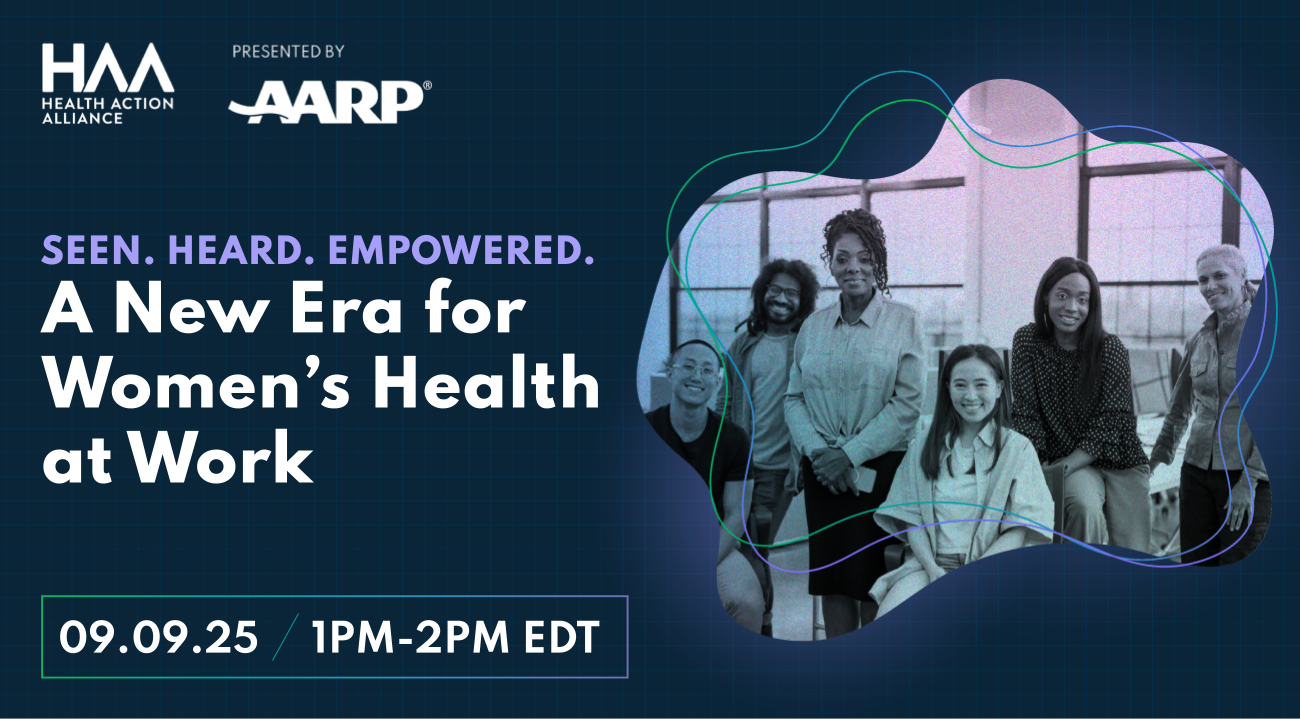After a month of climate disasters ranging from floods to heat waves, the Health Action Alliance convened experts across public health, labor, and business for an urgent conversation on extreme heat — the fastest-growing climate threat to the American workforce. In this panel, speakers explored the changing policy landscape and how employers can still lead on climate resilience.
Read on for takeaways from the webinar, and watch the full recording here.
Moderated by David Leathers, Program Director of the National Commission on Climate and Workforce Health at HAA, the panel featured cross-sector leaders working to safeguard workers in an era of compounding climate threats:
Public health departments, academic centers, and professional societies possess valuable data about the communities you work in and can understand what it means for your business.
"There are more than 3,000 local health departments. They span and cover all of the jurisdictions across the country, and truly can be really helpful partners to the business sector in preparing for and responding to extreme heat."
Dr. Nadine Gracia
Tap into existing infrastructure — like regular safety meetings or HR trainings — and partner with teams already thinking about risk.
"Use the infrastructure that’s already in place. Insert yourself into it, listen to employees directly, and build from there."
Ann-Marie Sills
"The biggest thing for businesses [is] obviously to be able to attract and retain their employees, but also the financial impact. So you know, what is the impact on presenteeism, absenteeism?...Look at what are the important numbers for you, OSHA recordables, whatever it is, and you know, keep monitoring that."
Dr. Adam Seidner
Planning ahead helps businesses contain and control climate risks before they escalate.
"Let’s acknowledge that heat is going to be an issue. Figure out who it's going to be an issue for and know what you're going to do about it, if that problem happens."
Charlotte Brody

For employers ready to lead on heat and health, these tools can help you get started:


This September, the Health Action Alliance presents SHE: Seen, Heard, Empowered, a virtual summit focused on helping leaders and changemakers support women’s health in the workplace.
SHE is a call to action for employers to address the health challenges impacting women’s careers, and create stronger, more resilient workforces.
Join leading HR professionals, business leaders, and health advocates as we explore:



Want to help your company adapt to today’s climate conditions and invest in human and business resilience? Sign up for our monthly newsletter to stay up to date on the latest events, resources, and recommendations from the National Commission on Climate and Workforce Health.


The National Commission on Climate and Workforce Health is a group of business, health, and climate leaders who share a mission to protect workers from the health risks posed by extreme weather.
The Commission was created by the Health Action Alliance in partnership with Mercer and with strategic input from the CDC Foundation. Additional support for the initiative is being provided by Elevance Health and The Hartford. Learn more at ClimateHealthCommission.org.

Sign up for our newsletter to keep updated on HAA’s latest initiatives, insights and recommendations, and be first to receive new resources and event invitations.
Sign up